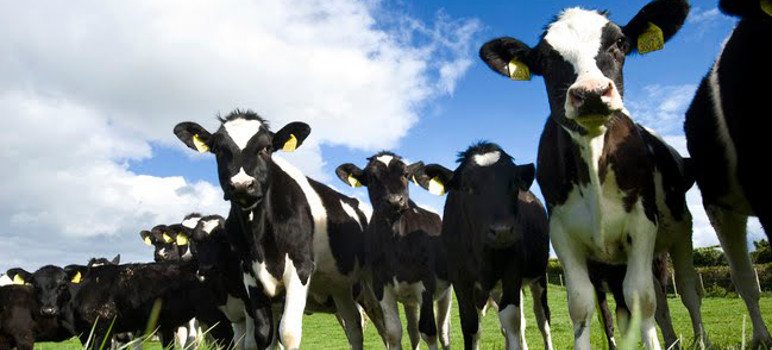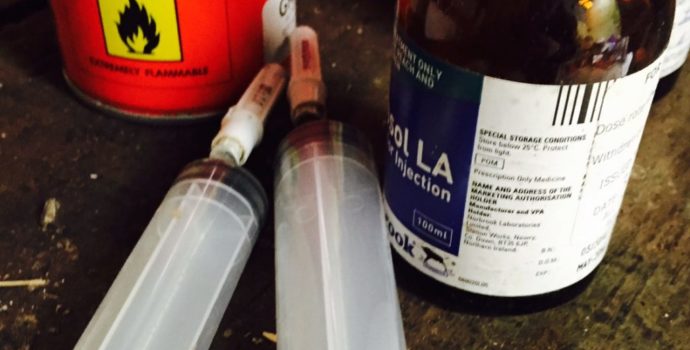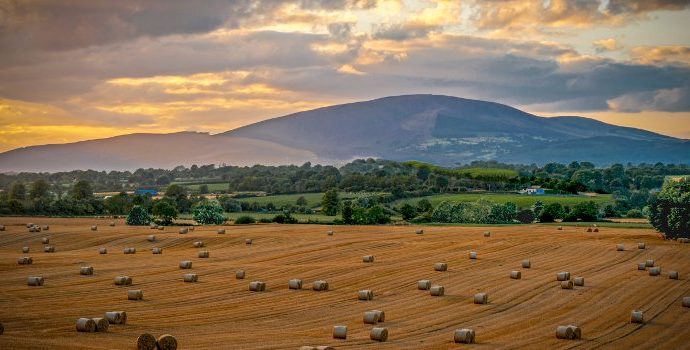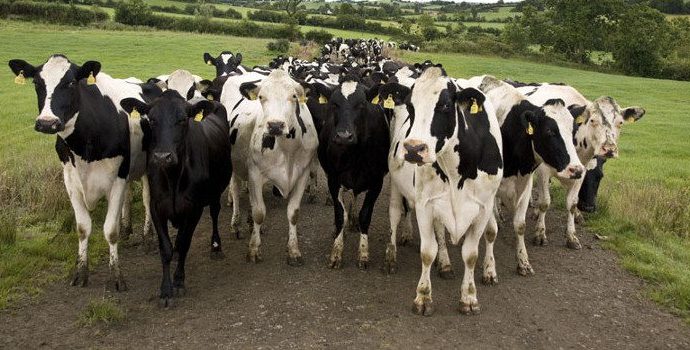Deep Divisions Among States on Reform of Dairy Policies

Let’s hope for the best, but let’s not count on it: IFA National Dairy Chairman, Sean O’Leary on the outlook for superlevy easing.
For the last four years, the Irish Farmers’ Association has played an active part in the lobbying effort to persuade EU institutions to ease some of the burden of superlevy on expanding dairy farmers before quota abolition, in light of the fast-expanding international dairy demand.
Today, the June EU Agriculture Council meeting will, for the first time, consider a definite proposal, put forward by the Greek presidency, to zero the negative butterfat corrector to reduce, though not eliminate, superlevy fines on dairy farmers for 2014/15.
While this could be seen as a lobbying victory, it is important to not pre-judge the council’s conclusions from their deliberations over the next two days.
The Agriculture Commissioner, Dacian Ciolos, is seeking a second term in Brussels, and is therefore more inclined to address some of the dairy policy demands put to him by different member states.
However, those are at polar opposites: France, much of Southern Europe, the UK, and Scandinavia minus Denmark are concerned about the impact on markets of the abolition of production management through quotas, and want additional measures to help address possible dairy crises after 2015.
In Ireland’s camp, looking for some flexibility before March 31, 2015, are primarily Denmark, the Netherlands, Germany, and Austria, with another few countries. Neither block has a qualified majority to impose their views.
Evidence from the last meeting of the Special Agriculture Committee (charged with preparing for the June Council meeting) indicate that both groups have hardened their positions as dairy markets weakened.
In addition to the butterfat proposal, the EU presidency’s proposed ‘draft conclusions’ include commitments to beef up market intelligence through the Milk Market Observatory; to ensure the effectiveness of the ‘safety net’ (intervention, etc); to use ‘proactive’ market management measures to anticipate and mitigate the impact of severe crises, especially on smaller, mountain and island farmers, and finally to provide legal certainty for the end of the quota regime.
There may be a little in there for everybody, but recent reports have indicated that member states are deeply divided even on what constitutes a ‘severe’ dairy crisis, at what point (price levels) it is deemed to be a crisis, and what measures should be used to deal with it.
Mr Ciolos is said to be adamant that there can only be a deal on the butterfat issue if there is also agreement on dealing with dairy crises.
There is a real risk that one possible outcome would be a concession on the butterfat corrector for 2014/15, accompanied by a quid pro quo set of measures which may seek to restrict post 2015 production growth, or access to the ‘safety net’ for expanding countries, or some other such measure equally unacceptable to Irish dairy farmers. The commission has indicated that a decision would have to be made by June 30 either way.
The moral of the story: Let’s hope for the best, but let’s not count on it.
This article was published in the Irish Examiner on June 16th, 2014




